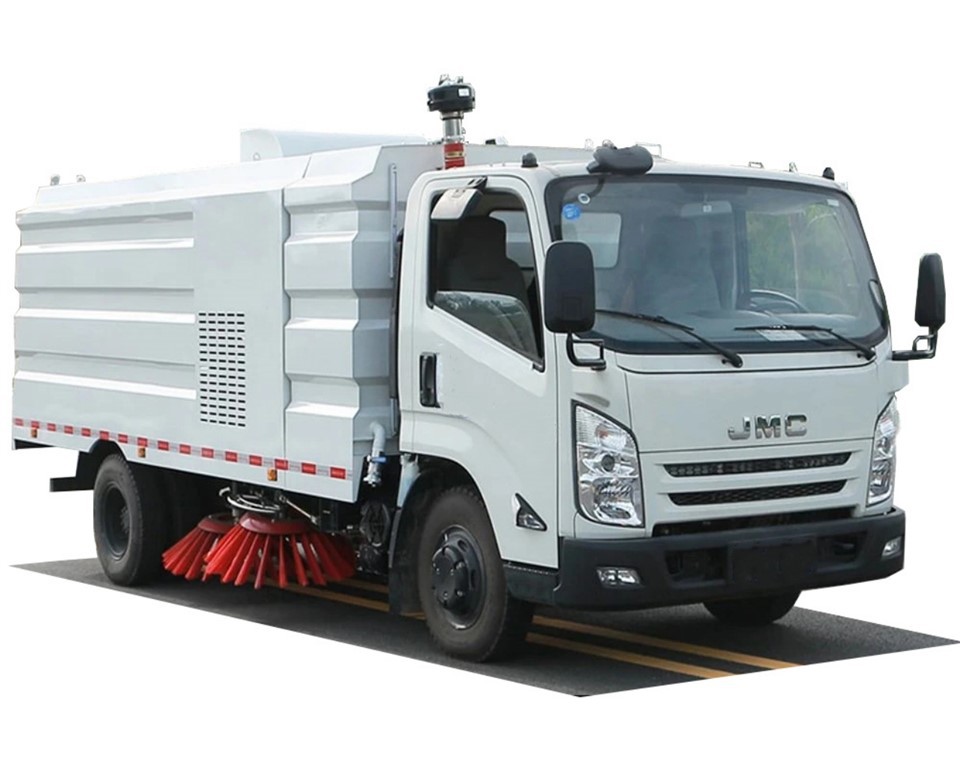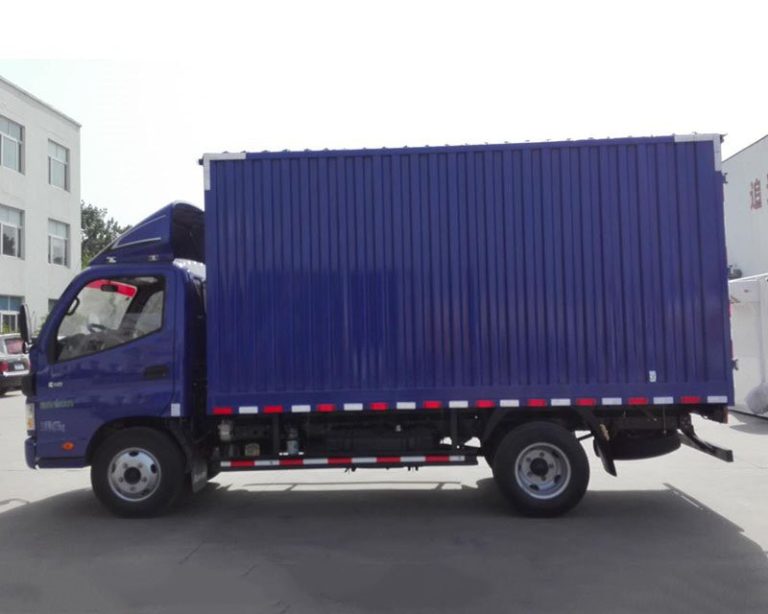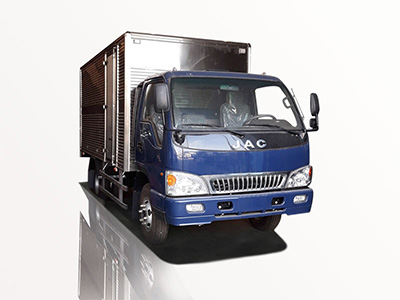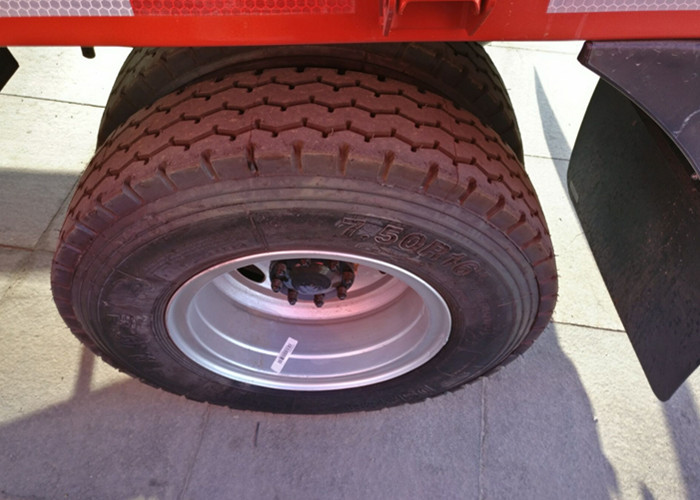Introduction
Liquid Petroleum Gas (LPG) is a crucial energy source used for heating, cooking, and as a fuel in various industries. The transportation of LPG is a complex process that involves specialized equipment, regulations, and safety measures. This article delves into the methods, challenges, and best practices in LPG gas transportation, providing a thorough overview for industry professionals and interested readers alike.
Understanding LPG
What is LPG?
LPG is a mixture of propane and butane, both of which are hydrocarbons. It is stored under pressure as a liquid and is used extensively due to its versatility and efficiency as a fuel source.
Importance of LPG
LPG is vital for various applications including:
- Residential heating and cooking
- Industrial processes
- Automotive fuel
- Aerospace applications
- Refrigeration
Methods of LPG Transportation
1. Transport via Pipeline
Transportation via pipelines is one of the most efficient methods for moving LPG over long distances. Pipelines are typically underground or above ground, depending on the terrain and regulations.
Benefits of Pipeline Transportation
- Cost-effective for large volumes
- Continuous supply
- Low environmental impact
Challenges of Pipeline Transportation
- High initial investment
- Risk of leaks and environmental damage
- Regulatory hurdles
2. Road Transportation
Road transportation is widely used for delivering LPG to retail distribution points or customers. Specialized LPG tankers are employed to ensure safe transportation.
Benefits of Road Transportation
- Flexibility in route selection
- Ability to reach remote areas
- Quick response time
Challenges of Road Transportation
- Traffic regulations and road conditions
- Higher costs per unit transported compared to pipelines
- Environmental concerns
3. Rail Transportation
Rail transportation of LPG is an efficient alternative for long-distance movement. Rail cars can carry large quantities of LPG, making this method suitable for bulk shipments.
Benefits of Rail Transportation
- Cost-effective for large volumes
- Reduced road traffic
- Lower carbon footprint compared to road transport
Challenges of Rail Transportation
- Limited access to rail infrastructure
- Scheduling and logistics complexities
- Potential for delays
4. Maritime Transportation
Maritime transportation is essential for international shipments of LPG. Specialized vessels known as LPG carriers are designed to transport LPG safely across water.
Benefits of Maritime Transportation
- Ability to move large quantities over long distances
- Lower transportation costs per unit for international shipping
- Efficient for trade between countries
Challenges of Maritime Transportation
- Regulatory compliance in international waters
- Port infrastructure limitations
- Safety concerns during loading and unloading
Safety Measures in LPG Transportation
Safety is paramount in the transportation of LPG due to its flammable nature. Implementing rigorous safety protocols is essential to prevent accidents.
1. Compliance with Regulations
Adhering to national and international regulations is crucial for safe LPG transportation. Compliance with standards set by organizations such as the Occupational Safety and Health Administration (OSHA) and the Department of Transportation (DOT) is mandatory.
2. Employee Training
All employees involved in LPG transportation should undergo training in safety protocols, emergency response, and hazard recognition.
3. Equipment Maintenance
Regular maintenance and inspections of transportation equipment are vital to ensure their functionality and safety.
Environmental Considerations
The transportation of LPG must consider its environmental impact. Following best practices can mitigate negative effects.
1. Minimizing Emissions
Utilizing modern, fuel-efficient transportation methods can significantly reduce greenhouse gas emissions associated with LPG transportation.
2. Spill Prevention Strategies
Implementing spill prevention measures, such as secondary containment systems, can reduce the risk of environmental contamination in case of leaks.
Logistics and Supply Chain Management
Effective logistics is crucial for timely and efficient LPG transportation.
1. Inventory Management
Maintaining an accurate inventory of LPG allows companies to meet customer demand without overextending resources.
2. Route Optimization
Using advanced routing software can help companies identify the best routes for transportation, minimizing costs and delivery time.
Practical Examples of LPG Transportation
Case Study: Road Transportation
A regional distributor of LPG in the United States uses a fleet of specialized tankers to deliver LPG to residential and commercial customers. By optimizing delivery routes and scheduling regular maintenance on their vehicles, they have decreased delivery times by 15% while maintaining safety standards.
Case Study: Maritime Transportation
An international LPG trading company employs LPG carriers to transport bulk shipments between the Middle East and Asia. By using dual-fuel engines on their vessels, they have reduced their carbon footprint while ensuring compliance with stringent marine regulations.
Future Trends in LPG Transportation
The LPG transportation industry is evolving to meet new challenges and opportunities.
1. Technological Innovations
Emerging technologies such as automated logistics systems and real-time tracking can enhance efficiency in LPG transportation.
2. Increasing Demand for LPG
As countries move towards cleaner energy alternatives, the demand for LPG is expected to rise, prompting the need for innovative transportation solutions.
3. Enhanced Safety Protocols
Future transportation methods will incorporate enhanced safety measures, ensuring the safe handling and transport of LPG.
Frequently Asked Questions (FAQ)
1. What is the safest method of LPG transportation?
The safest method of LPG transportation depends on various factors, including distance and quantity. Typically, pipelines are considered the safest for long distances, while specialized road tankers offer flexibility for local deliveries.
2. How is LPG stored during transportation?
LPG is stored in pressurized tanks designed to withstand high pressures, preventing leaks and ensuring safety during transit.
3. What regulations must be followed in LPG transportation?
LPG transportation is regulated by several organizations, including the DOT in the U.S., and international bodies that set standards for safe handling and transport.
4. What are the environmental impacts of LPG transportation?
Environmental impacts include greenhouse gas emissions and potential spills. Implementing best practices can help mitigate these effects.
5. Can LPG be transported by air?
Generally, transporting LPG by air is not common due to safety risks and regulations, but it can be done for emergency situations or critical supply needs.
6. How can companies optimize LPG transportation logistics?
Companies can optimize logistics by utilizing route optimization software, maintaining accurate inventories, and ensuring regular equipment maintenance.



